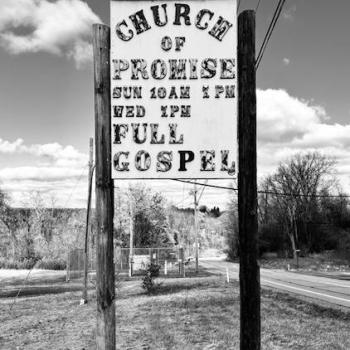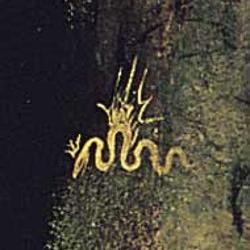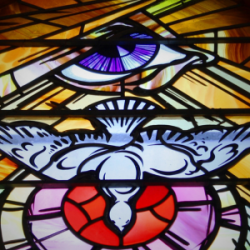 September 5 will be the anniversary of the 1997 death of Blessed Theresa of Calcutta. I always admired her work with the poorest of the poor. I grew up looking through the missionary magazines my grandparents had on their coffee table. They made an impression on me even as a small girl, and ever since then I have had a heart for missionaries.
September 5 will be the anniversary of the 1997 death of Blessed Theresa of Calcutta. I always admired her work with the poorest of the poor. I grew up looking through the missionary magazines my grandparents had on their coffee table. They made an impression on me even as a small girl, and ever since then I have had a heart for missionaries.
When Ed and I began working with Marriage Encounter, we learned that Mother Teresa had met with a group of supporters from around the country in the dormitory buildings we leased for our organization. She had been there twice—in June of 1982, and again in 1984.
I spoke to Jerry, who—with his wife Marilyn—worked with Marriage Encounter from the early days and were privileged to meet Mother Theresa when she visited. His impression of her was that she was tiny, very friendly, and a hugger. She also was firmly in charge of what was happening. She was no pushover for a documentary crew that was following her around on her trip.
I started to think of her as our organization's unofficial "patron saint" and an inspiration for our mission helping marriages. I began to read as much as I could about her life and work. The more I learned about this tiny, tough and courageous nun, the more I appreciated her, and she became a personal model for me, in what God called me to do in my own life. Especially inspiring to me is one of her most famous quotes: "We cannot all do great things, but we can do small things with great love."
Born in Albania, she became a citizen of India. A Catholic nun, she felt her calling was to the world: "As to my heart, I belong entirely to the heart of Jesus."
She had a burning love for Christ, and all she wanted was, "To quench His desire for love and for souls." I've heard that in her chapels, next to the cross there is a plaque that says, "I thirst."
At 18, she joined the sisters of Loreto, and—desiring to become a missionary—left for India, to teach at a girl's school. For the first 20 years of her life as a nun, she happily served as a teacher, and later as the school's principal. She was known for her prayer life, love for her fellow Sisters and students, charity, courage, and hard work.
It was during a train ride from Calcutta to Darjeeling, for her annual retreat, that Teresa received her "inspiration," her "call within a call." She felt the Lord directing her, giving her a burning desire to satiate His thirst for love for all humanity, especially for the poor who didn't know of His love for them. It became the force of her life's work.
After almost 2 years of prayer, testing and discernment she was given permission to leave her convent to go out to minister to the poor, the sick, orphans, and the dying in the slums of Calcutta. Wearing her now famous white and blue-boarded sari she went out to find and serve Him in "the unwanted, unloved, uncared-for." After a few months she was joined by some of her former students.
On October 7, 1950 the Congregation of the Missionaries of Charity became officially established. Her work spread and expanded throughout the whole world, and not only to religious congregations, but even a lay apostolate—Co-workers of Mother Theresa—people of many faiths and nationalities, who shared her passion and heart for service to the sick and suffering.
She saw the face of God in every person, and in turn showed His sacrificial love for each soul.
A couple of weeks ago at a pro-life event I attended, a Priest told of working with her sisters and the poor they cared for. He said that he cleaned their toilets, helped care for the sick, and comforted the dying. Some fought and stole from each other because that was how they knew how to survive. The sisters would show them sacrificial love, and through their example over time they would respond to that love they never felt before.
Only after her death was it discovered that she suffered from what she called her "darkness," the "painful night" of her soul. She walked by faith even though she didn't "feel" God. She believed and gave her life over to Him in spite of this inner "darkness" and feeling of separation, which led her to an ever-deeper unity with Him. She experienced His thirst and desire for love so she could identify with the poor who felt unloved and unwanted: "The hunger for love is much more difficult to remove than the hunger for bread."
She faithfully and tirelessly worked for God, trusting that He was there even though she often didn't feel His presence. She took by faith, not by feelings or emotional experiences, the work she was called by Him to do.
She lived the verse, "We walk by faith not by sight" (2 Cor. 5:7).
9/1/2011 4:00:00 AM





